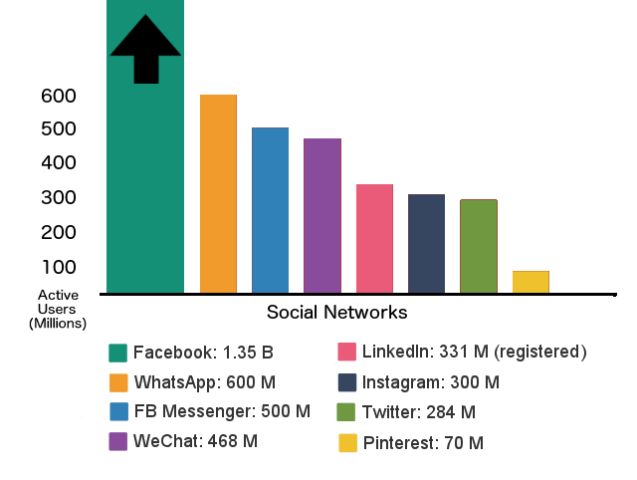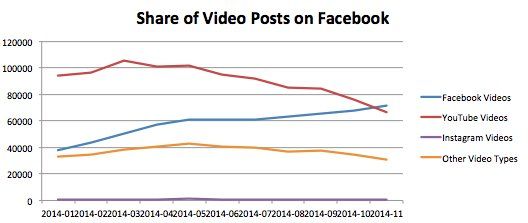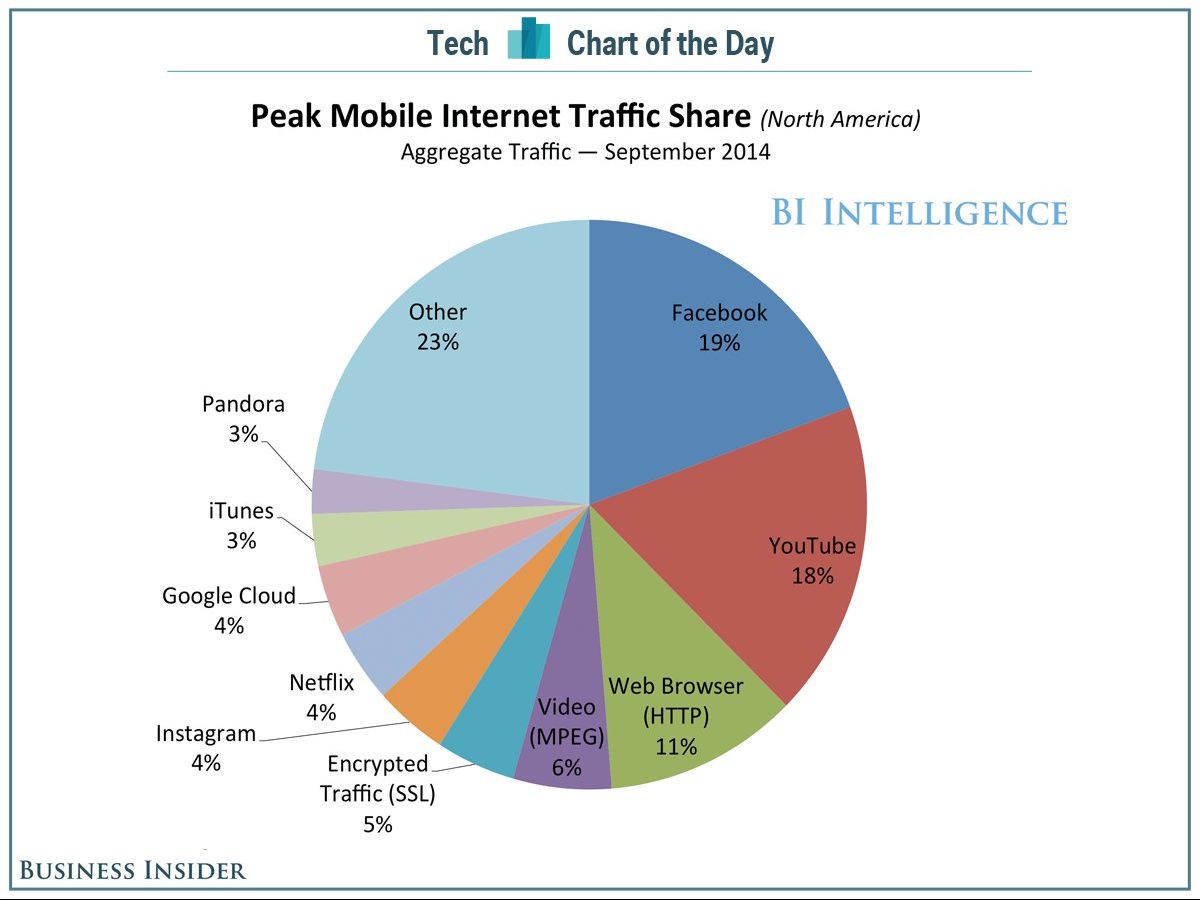Instagram has notched up 300 million users, making the social network larger than Twitter. That’s a surprise to some observers, given that Instagram came from far behind Twitter to reach that goal. But it’s indicative of the strong hold that visual media has on people. Pictures and videos are inherently more attractive to the eye than text, and that’s something that marketers and social media are well aware of these days. This milestone is a solid indicator of this trend, and the implications are both numerous and important for marketers.
Instagram has been growing strongly for four years now, though many feared that its acquisition by Facebook might derail it. Instead, Facebook kept its hgands off, and Instagram has added another 100 million users in the last nine months to reach its 300 million total. Impressively, some 70 perfect of those users are outside of the United States, and 70 million photos are shared every day. Over 30 billion photos have been shared over Instagram.

Let’s not forget that this is indeed a part of Facebook’s social media empire, and that the social network has been very successful in its strategy of pursuing growth through individual apps rather than trying to fold every possible feature into one app. Facebook has 1.35 billion users, with its Messenger app notching up 500 million users. Then there’s WhatsApp with 600 million users in addition to Instagram’s 300 million. Sure, there’s plenty of overlap between those apps, but the key point is that Facebook is janging onto all of those folks by offering different apps. The company is far and away the leader in social media, well ahead of WeChat’s 468 million users.
Instagram’s success has been influential on Facebook, too. Facebook has been increasingly featuring photos and videos in its News Feed, reshaping the algorithms to make the whole site more visual. It’s to the point where, for the first time, Facebook Page owners uploaded more video directly to Facebook than they did sharing from YouTube, according to data from Socialbakers. Why According to Business Insider, “Marketers and content creators are starting to realize there is more value in publishing a video directly to Facebook than there is uploading it to YouTube alone.”

A key difference is that Facebook is surfacing videos to users in the news feed, while users have to seek out videos on YouTube. Requiring a search is an extra step that that keeps videos from reaching a wider audience, apparently. Video is still king though, in terms of traffic volume. Facebook and YouTube combined accounted for nearly 40 percent of all mobile web traffic in North America in September. As BI Intelligence’s Mark Hoelzel points out, “Ads make up a big percentage of Facebook’s and YouTube’s mobile traffic, since autoplay video ads increase the mobile data demands on those social networks.”
Instagram is taking the occasion of this news to announce that it’s going to start handing out verified accounts, the kind that Twitter users love to get. The verified badges will be for public figures and brands, Instagram said. Verified badges, coming within the week, “will make it easier for people to identify and follow the authentic brands they care about,” Instagram told Adweek. “When an account is verified, a blue badge will appear next to its name in its profile as well as in search.”

Verfying users has been a benefit to Twitter, and Facebook started verifying profiles in May of 2013. This is going to keep out the plethora of fake celebrities, parody, or look-alike accounts that make life more difficult for brand marketers. In addition, Instagram said it’s moved from deactivating spammer and fake accounts to simply deleting them, so they will no longer appear in follower counts.
The rise of Instagram shows the power of visual marketing. “Instagram users are highly engaged with the service, with users interacting with posts at 18 times the rate they do with Facebook posts, according to a report issued last month by the research firm L2,” noted The New York Times.
What does this mean for marketers It’s a massive shift in the overall thought process that goes into creating a marketing campaign. Yes, you have to decide on a product’s position and conceptualize every aspect of how you will get your marketing messages across to the target audience. That used to be done primarily with words, and then images or videos would be created later to help bring that message across.
Now, though, it may be helpful to start by conceptualizing the images first, and come up with the words later. Find or imagine that snippet of video that gets across the essence of the brand, then figure out how to describe it in words. Why? Because those images and videos will be the most effective tools to reach the visually-oriented customers that comprise today’s market. Expect to see more moves by social media to focus on video and images as a key way to grab and hold attention.

